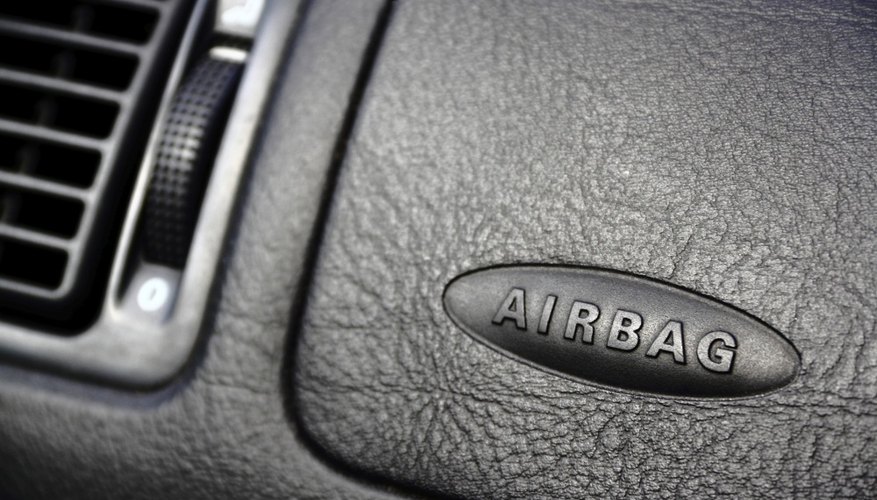Of all the risks of potential cosmetic damage to your vehicle, scratches in the dashboard undoubtedly come high on the list. The location of the dashboard means that it is frequently under attack from flailing legs, backpacks, keys, purses, nails, packaged foods and more. As most dashboards are often made of moulded plastics, this barrage of abuse more often than not causes a few scratches to appear. Whilst these scratches are usually purely cosmetic and not a threat to your vehicle, they can be highly annoying and unsightly.
Scratch removal basics
There are many methods of getting rid of plastic dashboard scratches, and all methods require you to be extremely careful to avoid making the scratches worse. Removing a scratch takes time and patience. If you think about what a scratch is; it’s an uneven mark in the plastic. Therefore, you have to gently create an even surface around the scratch, and this is a process that requires focus, precision, and delicate handy work.
- There are many methods of getting rid of plastic dashboard scratches, and all methods require you to be extremely careful to avoid making the scratches worse.
- Therefore, you have to gently create an even surface around the scratch, and this is a process that requires focus, precision, and delicate handy work.
Things you’ll need
Household items can be used to remove scratches from plastic. Sometimes all it takes is warm soapy water and a lint-free or microfibre cloth to get minor scratches out. However, there are also many commercially available products that are specifically designed to work on plastic scratches. These relatively inexpensive products are available from all good auto shops or garages. Always try out household items first, though, because if they work it means you save money.
- Household items can be used to remove scratches from plastic.
- However, there are also many commercially available products that are specifically designed to work on plastic scratches.
Smaller scratches
To remove smaller scratches, first clean the damaged area with the warm soapy water. Standard soap will often work, but you can also buy plastic cleaners to mix with water that will usually do a better job. Once you’ve cleaned the scratched surface, dry the area gently with a cloth. When the area is fully dry take the hairdryer and start slowly applying heat to the plastic. Whilst you are heating the plastic you should notice that it becomes more pliable. If the plastic doesn't become pliable, you may need to use a heat gun for extra heat. Rub the scratched areas with your fingertips whilst heating and you should see the scratches slowly start to disappear.
- To remove smaller scratches, first clean the damaged area with the warm soapy water.
- If the plastic doesn't become pliable, you may need to use a heat gun for extra heat.
Larger scratches
For bigger scratches, it’s often wise to use products specifically designed to remove plastic scratches. Head to your local shop and ask for a plastic scratch remover. Clean the damaged area and then follow the directions on the bottle. The process usually involves gently polishing the damaged area back to its unscathed, original look. You may need to polish the area several times before you get a smooth finish. Once done, your dashboard should be back to looking its best.
- For bigger scratches, it’s often wise to use products specifically designed to remove plastic scratches.
- You may need to polish the area several times before you get a smooth finish.
Other techniques
The versatile product Vaseline can remove smaller scratches, simply by gentle application to the scratched area. Gradual buffing can be used for larger scratches. You should be careful when buffing, as using a material that’s too abrasive could actually do more damage than good. Overall, be careful, and if you don’t trust your own handy work, take your vehicle to the professionals.
- The versatile product Vaseline can remove smaller scratches, simply by gentle application to the scratched area.
- You should be careful when buffing, as using a material that’s too abrasive could actually do more damage than good.
